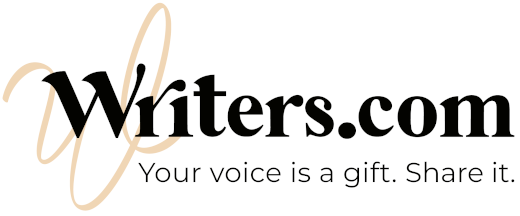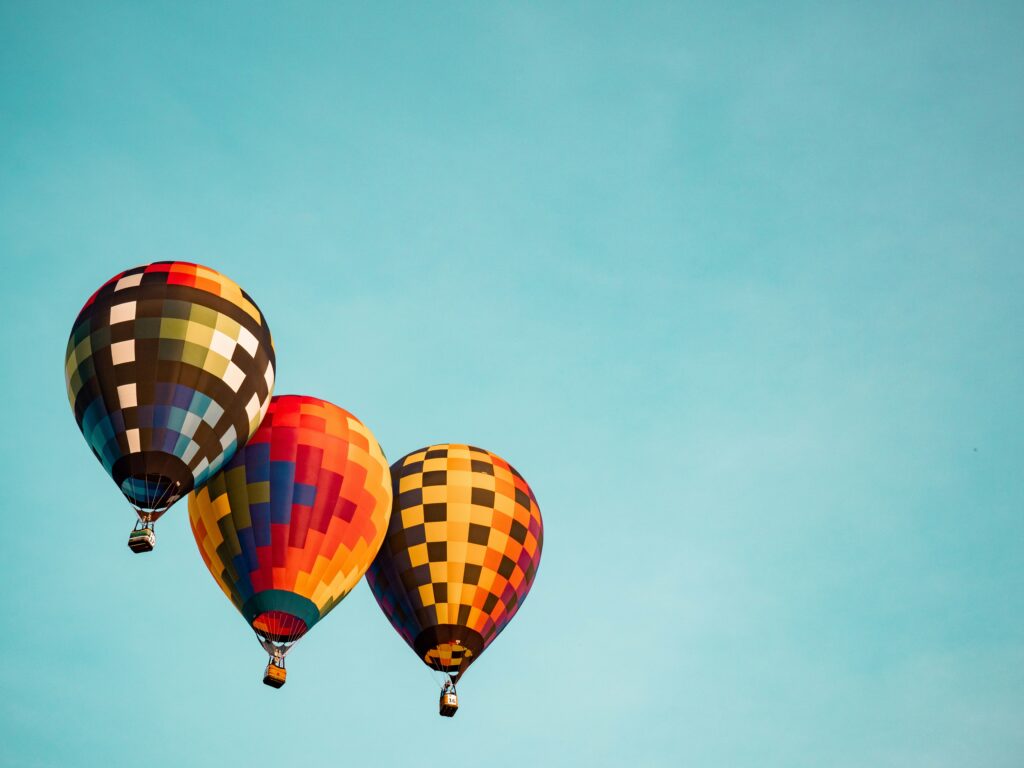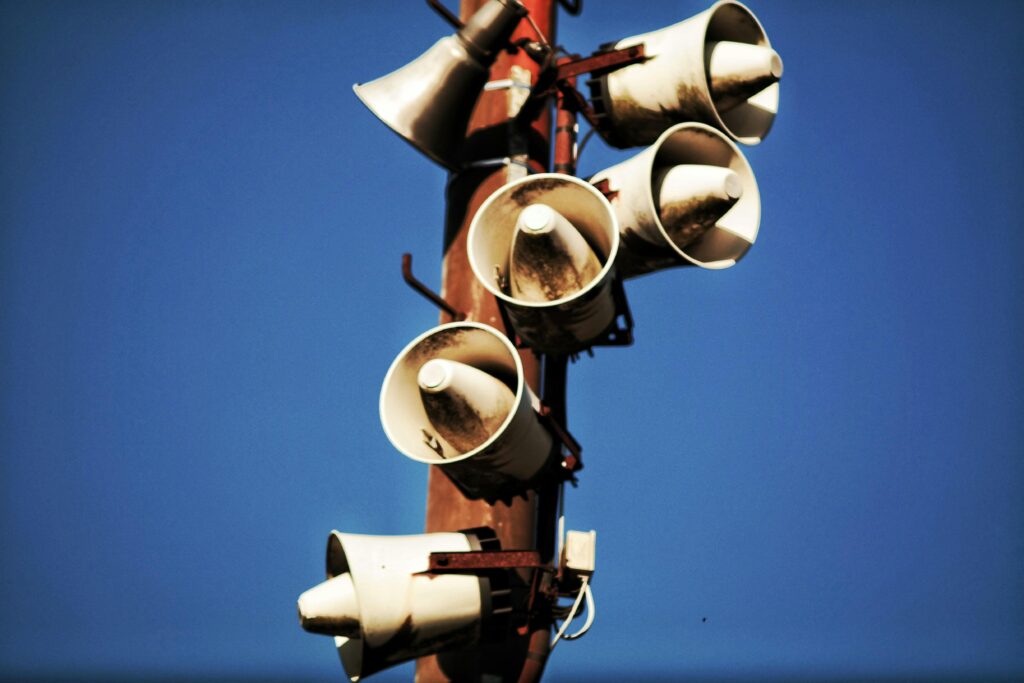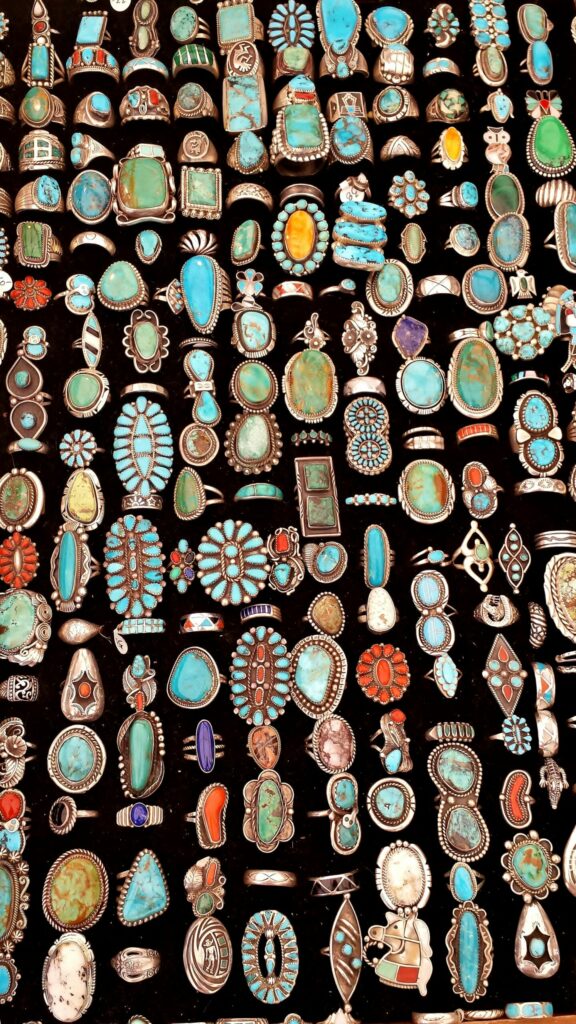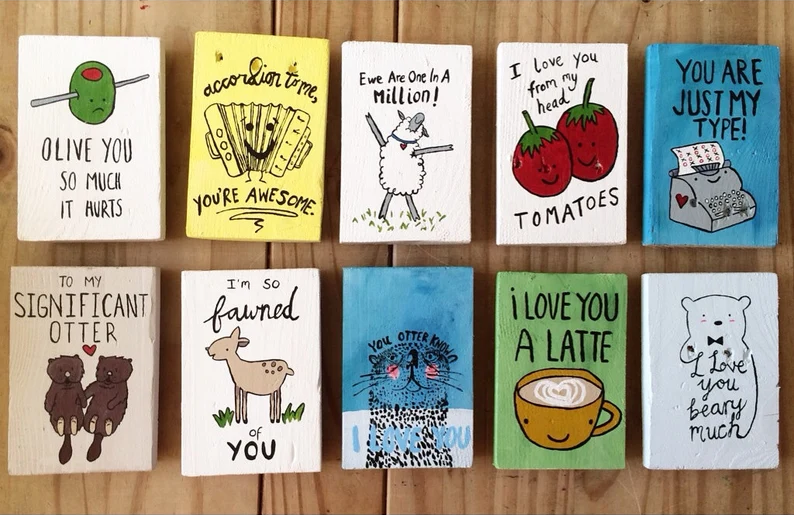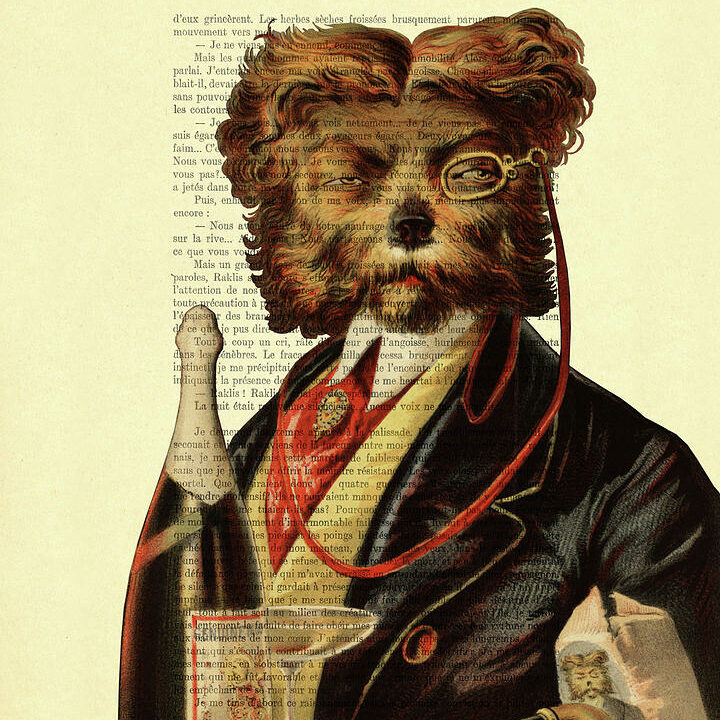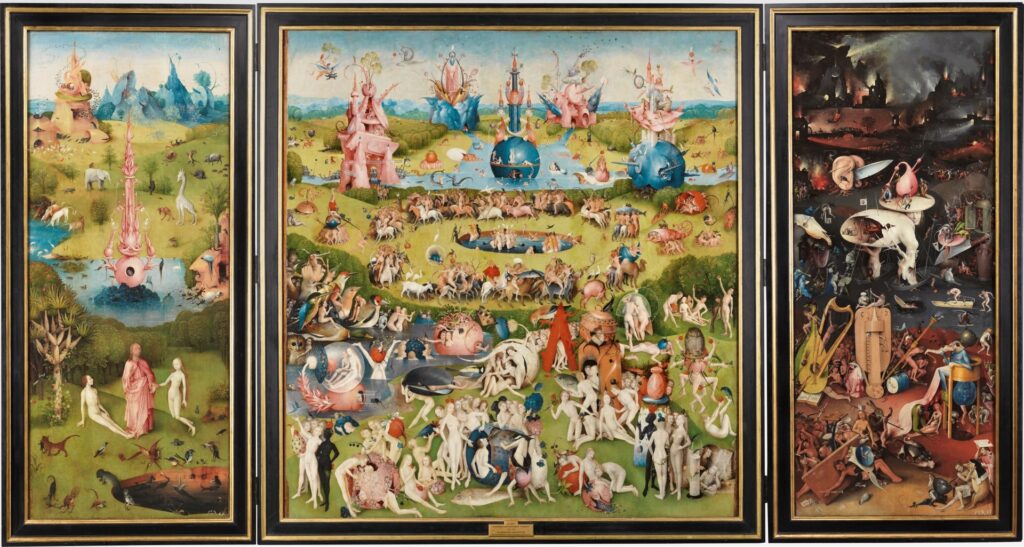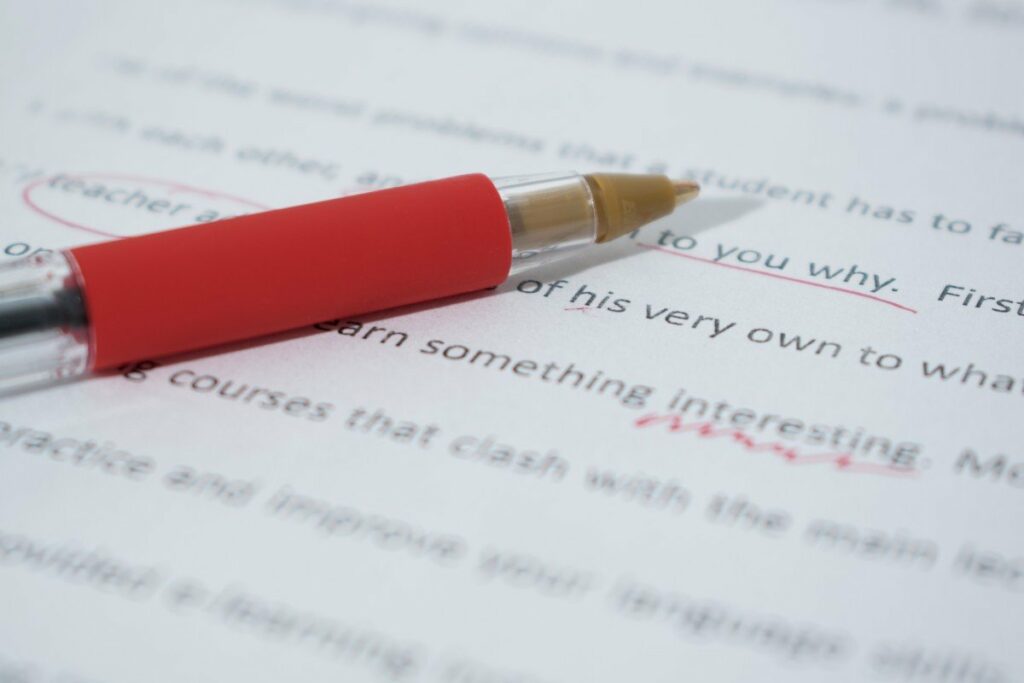The Rule of Three: Writing Literary Triplets
How do you make your readers laugh, cry, or turn the page? While authors have many craft tools at their disposal, one that’s essential to know is the Rule of…
Read MoreSound Devices in Poetry and Literature
Although literature exists on the page, poetry and prose are both sonic artforms, each enhanced by the use of sound devices. Indeed, poems and stories used to be developed as…
Read MoreThe Importance of Word Choice in Writing
All strong writers have something in common: they understand the value of word choice in writing. Strong word choice uses vocabulary and language to maximum effect, creating clear moods and…
Read MoreWhat is the Oxford Comma? Examples and How to Use It
Anyone who’s been on the internet or listened to Vampire Weekend has heard of the oxford comma. This small, specific punctuation mark has received outsized attention and a meme-like status,…
Read MoreWord Play: Examples of a Play on Words
It goes without saying that writers are drawn to language, but because we love words so much, the English language is filled with word play. By interrogating the complexities of…
Read MoreRevising and Editing for Creative Writers
Want to learn more about revising and editing? Check out our self-paced class The Successful Novel, which gives you the tools to write, revise, and publish the novel waiting to be…
Read MoreWhat is Purple Prose? The Case Against Overly Ornate Writing
Ah, purple prose: that ornate room of language: that jeweled scabbard with which the writer unsheaths their mightiest thoughts, decorated and aglitter in the light of passing eyes; so wrought…
Read MoreWriting Styles: What is Style in Writing?
Writing styles may be hard to define, but something separates Hemingway from Steinbeck, Atwood from LeGuin, or Keats from Wordsworth. Though two given writers might dwell on similar themes, every…
Read MoreCommon Rhetorical Devices List: The Art of Argument
Rhetorical devices are techniques in writing and speech that try to persuade the audience. A rhetorical device uses language to shape ideas into arguments, convincing the reader through a plethora…
Read MoreParallelism Definition: Writing With Parallel Structure
Parallelism, or parallel structure, describes a type of sentence structure common in the English language. When poets and prose stylists effectively employ grammatical parallelism, they strengthen the connections between ideas…
Read MoreWhat is Mood in Literature? Creating Mood in Writing
When we talk about the different feelings that a work of writing evokes, we’re talking about the types of mood in literature. Creative writers are experts at drawing out specific…
Read More“Show, Don’t Tell” in Creative Writing
“Show, don’t tell” is one of the simplest guidelines in creative writing, and one of the most helpful. In short, it encourages writers to transmit experiences to the reader, rather…
Read MoreWhat is Tone in Literature?
Everything you read has a tone. Blog posts will have an engaging and conversational tone; Textbooks often have an informative, matter-of-fact tone. A piece of satire might have a humorous…
Read MoreHow to Avoid Clichés in Writing
I hope this isn’t unoriginal, but reading clichés in writing make me feel like I’ve woke up on the wrong side of the bed. Really, clichés in writing are a dime…
Read MoreCommon Writing Mistakes: Creative Writing Tips for Beginners
Creative writing mistakes are nothing to feel down about. All good creative writing is not just writing: it’s writing, revising, editing, and proofreading—not only to polish the beauty of our…
Read More